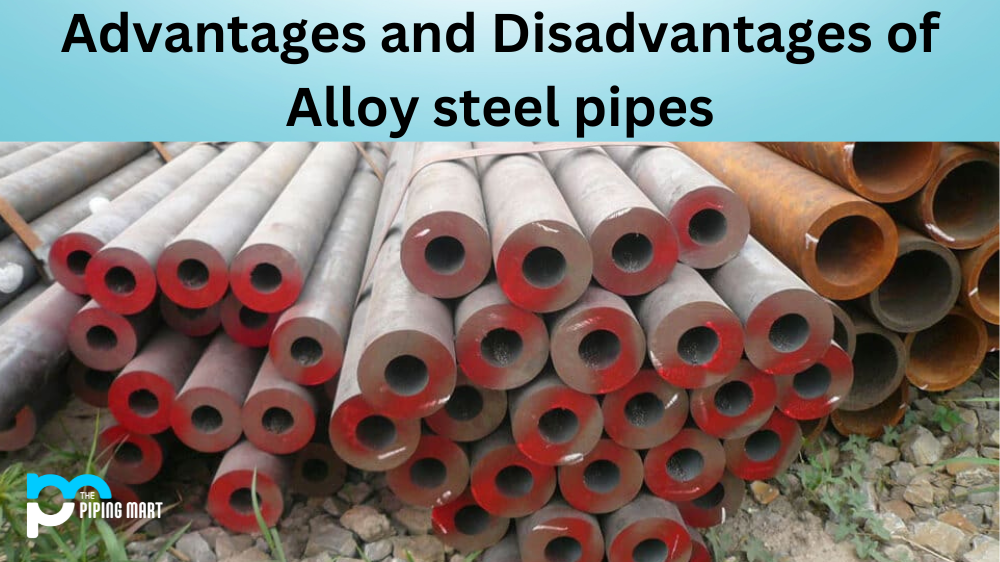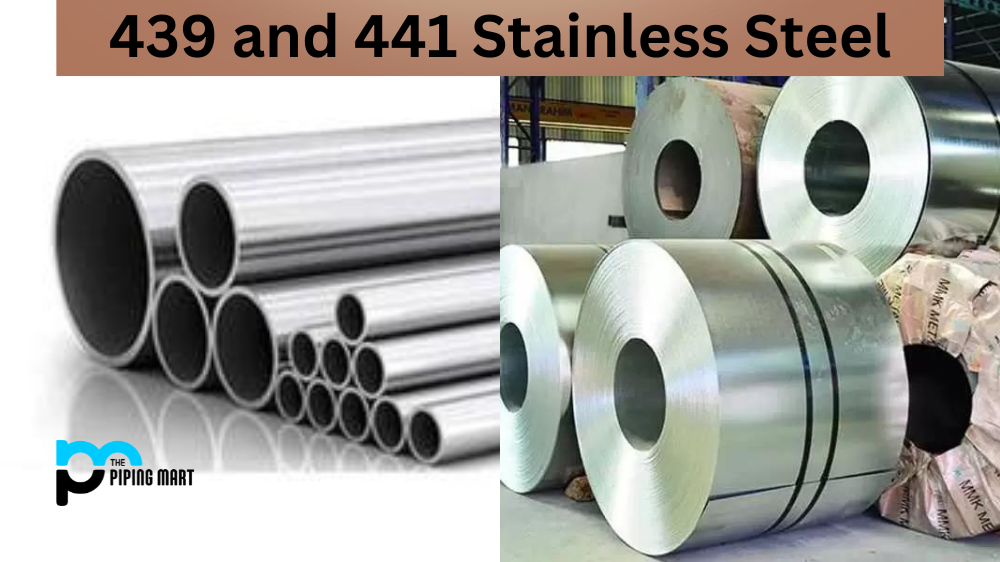Treating aluminium with dilute NaOH or sodium hydroxide results in an interesting chemical reaction. When these two elements interact, they undergo a process called hydrolysis. This reaction produces three distinct products: aluminum hydroxide, hydrogen gas, and sodium aluminate. Understanding the specifics of this reaction can help you understand the importance of careful handling when working with these substances.
This is an exothermic reaction because it absorbs energy from its surroundings as it proceeds. The reaction releases heat as the hydrogen gas that is produced bubbles off into the atmosphere above the mixture.
Products
The products of this reaction are aluminum hydroxide (Al2O3), hydrogen gas (H2), and sodium aluminate (NaAlO2). Aluminum hydroxide is a white powdery substance that forms at the bottom of the solution after bubbling off all of the hydrogen gas generated by the reaction. Sodium aluminate is a highly soluble compound that remains in solution while aluminum hydroxide settles out at the bottom of the container. Hydrogen gas is present during and after this reaction because it forms as a result of hydrolysis between aluminum and sodium hydroxide molecules.
Safety Considerations
When treating aluminum with dilute NaOH, it’s important to remember that both substances can be dangerous if not handled properly. It’s always important to wear protective gear when working with these chemicals and to ensure that your work area is well-ventilated so that any excess hydrogen gas produced by the reaction can escape safely into the atmosphere. Additionally, make sure to dispose of any waste materials properly according to local regulations in order to protect yourself and others from any potential hazards associated with these substances.
What happens when Aluminium is heated with dilute NaOH ?
When aluminium is exposed to dilute NaOH under heat, an interesting chemical reaction occurs. 2Al molecules react with 2 NaOH molecules as well as 6H2O molecules to form 2Na molecule and [Al(OH)4]− plus 3H2. This reaction shows that heat can increase the speed of reactions, allowing more of the aluminium and NaOH to combine with water than would happen when not exposed to increased temperatures. Thus, this experiment demonstrates how temperature can affect the efficiency of a reaction by speeding it up or slowing it down depending on the energy supply.
When aluminium is heated with dilute NaOH, aluminium dissolves forming tetrahydroxo aluminate (III) and liberates hydrogen gas .
2Al+2NaOH+6H2O→2Na+[Al(OH)4]−+3H2
Conclusion
In summary, treating aluminium with dilute NaOH results in an endothermic chemical reaction that produces three distinct products—aluminium hydroxide, hydrogen gas, and sodium aluminate. While this chemical interaction produces interesting results, it’s important to exercise caution when working with either substance due to its potential hazards if mishandled or not disposed of correctly. By using proper safety protocols when handling these chemicals, you can ensure successful results while minimizing risk to yourself and those around you!

Abhishek is a seasoned blogger and industry expert, sharing his insights and knowledge on various topics. With his research, Abhishek offers valuable insights and tips for professionals and enthusiasts. Follow him for expert advice on the latest trends and developments in the metal industry.




